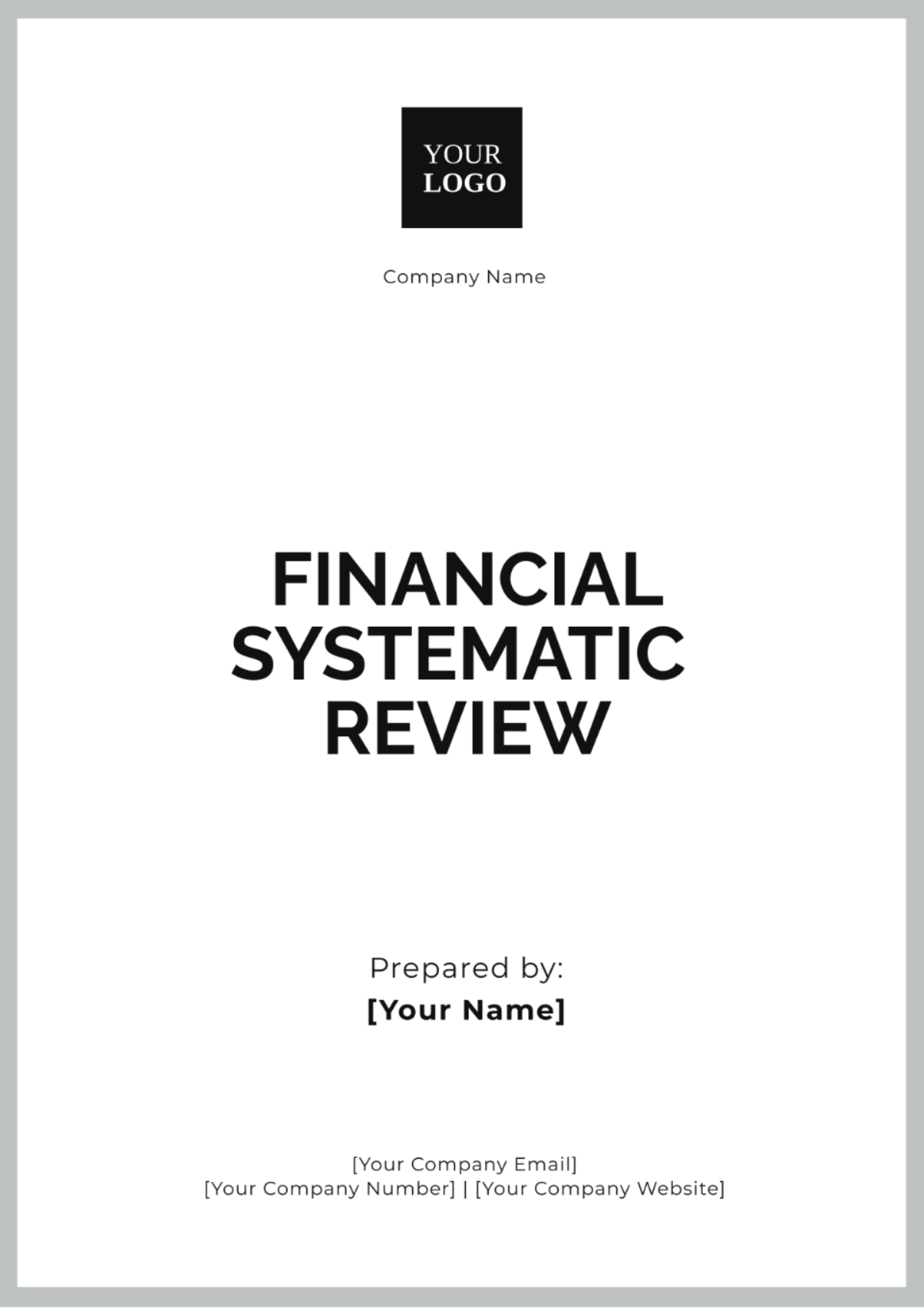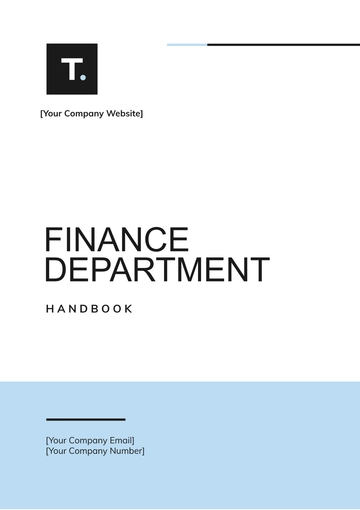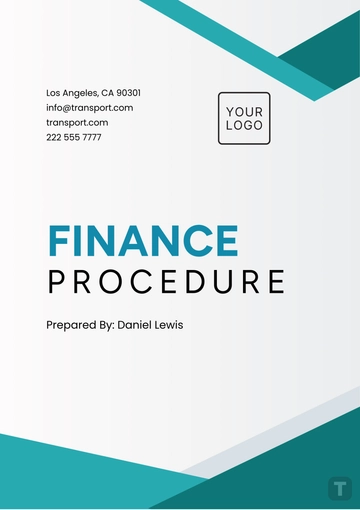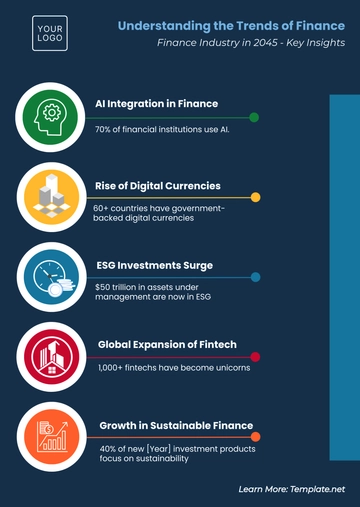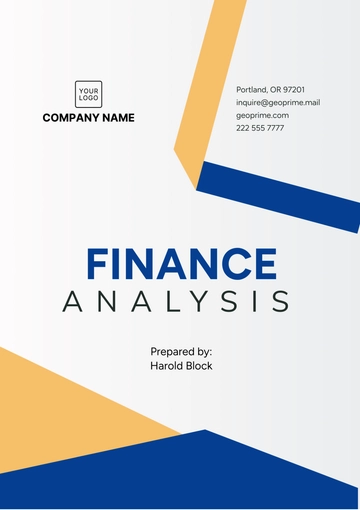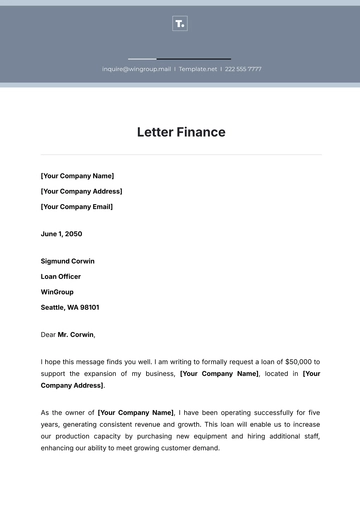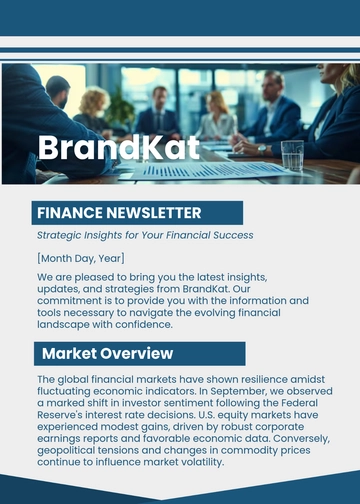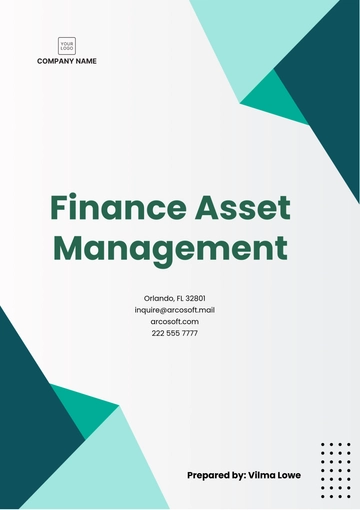Financial Systematic Review
Prepared by: [YOUR NAME]
Date: [DATE]
I. Introduction
A Financial Systematic Review is a structured and comprehensive analysis of existing research, data, and studies related to a specific financial topic or question. This review aims to summarize, evaluate, and synthesize the findings from multiple sources to provide a clear and evidence-based conclusion on financial issues such as investment strategies, market trends, or economic policies. The financial question being addressed in this review involves the comparative performance of various sustainable investment strategies over the past decade.
II. Methodology
The methodology section details the criteria and methods used to select and analyze the studies included in this review. The following steps were undertaken:
Data Extraction and Synthesis: Key data such as sample size, investment strategy type, and outcomes were extracted and synthesized to highlight patterns and insights in sustainable investment performance.
III. Results
The results section summarizes the findings from the reviewed studies. The key outcomes identified include:
ESG Metrics and Risk: Companies with strong Environmental, Social, and Governance (ESG) metrics are generally associated with lower risk levels, highlighting the value of integrating ESG factors into investment decisions.
IV. Discussion
The discussion interprets the results, highlighting their implications for the financial topic of sustainable investment strategies. The consistent performance of sustainable investments suggests that integrating ESG factors could be a viable long-term strategy for investors seeking to balance financial returns with social responsibility. Additionally, the lower risk levels associated with high ESG metrics indicate potential stability during market volatility. However, the varying impact across industries and regions points to the need for tailored approaches when implementing sustainable investment strategies.
It's also evident that the growing demand for sustainable investments drives financial innovation, compelling companies to adopt more inclusive and responsible practices. This trend could lead to significant shifts in market dynamics and investment portfolios in the upcoming years.
V. Conclusion
In conclusion, this Financial Systematic Review provides a comprehensive analysis of sustainable investment strategies, revealing their comparative performance and broader implications. The evidence suggests that sustainable investments not only offer competitive financial returns but also present lower risk levels associated with strong ESG metrics. Given the growing interest in these strategies, investors and financial advisors should consider incorporating ESG factors into their investment decision-making processes.
Future research should continue to explore the nuances of sustainable investments across various industries and regions to provide more detailed insights and recommendations.
VI. References
Smith, J., & Watson, R. (2051). The impact of sustainable investing on portfolio performance. Journal of Finance, 54(3), 123-140.
Johnson, L., & Green, P. (2053). ESG metrics and investment risk: A comprehensive analysis. Economic Policy Review, 76(4), 478-493.
Doe, A., & Martinez, S. (2052). Market trends in sustainable investments. Investment Strategies Quarterly, 11(2), 87-102.
Lee, H., & Kim, M. (2054). Regional differences in sustainable investment returns. Global Finance Journal, 22(4), 345-362.
Systematic Review Templates @ Template.net
